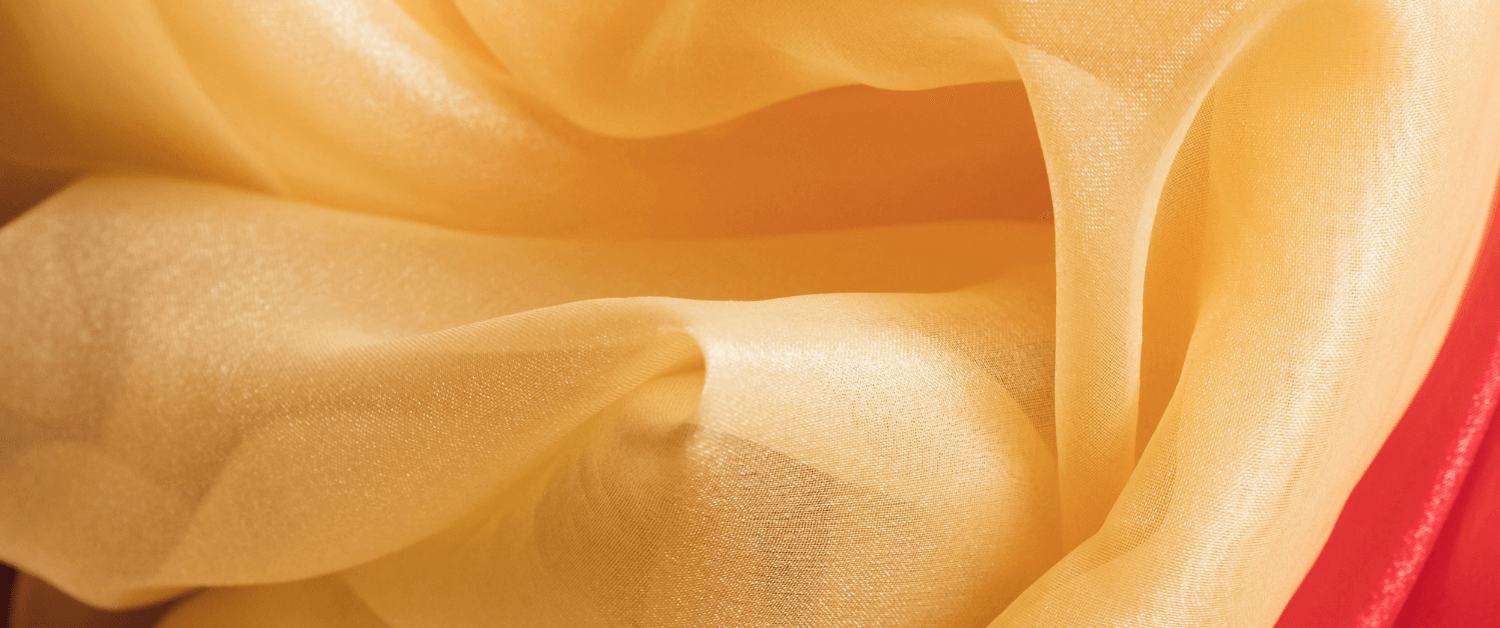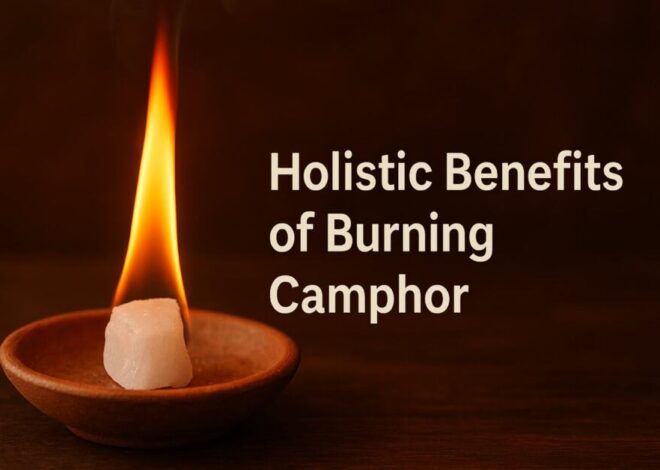
Safe Washing Tips for Delicate and White Fabrics
White fabrics are timeless and elegant but keeping them looking crisp and fresh takes some special care. When it comes to washing white clothes or delicate fabrics (with care instructions), natural remedies like lemon juice, baking soda, and vinegar can work wonders, but they need to be used thoughtfully. Here are some practical tips to help you get spotless results without compromising the integrity of your clothes:
Always Read the Care Label First: Before using any home remedy, check the garment’s care tag. This tiny label holds big clues. Look for instructions like “hand wash only,” “dry clean,” or “do not bleach.” If the label warns against hot water or strong agents, stick to milder remedies like diluted vinegar or cold-water soaks.
For silk, lace, or chiffon, avoid acidic treatments like lemon juice. Little thoughtfulness helps you avoid damage and choose the safest cleaning method for each fabric.
Dilute Remedies for Delicate and White Fabrics: Natural doesn’t always mean gentle, especially for fragile materials. Just because a cleaning solution is plant-based or chemical-free, it doesn’t guarantee safety for every fabric. Delicate textiles like silk, chiffon, lace, or handwoven cotton can react harshly to even natural ingredients like vinegar, lemon juice, or baking soda if used in concentrated form. These remedies, while effective for general cleaning, can strip fibers, fade dyes, or weaken the weave when applied directly.
The Golden rule here is to mix natural cleansers with water, test on a hidden patch, and use soft dabbing motions instead of scrubbing. For heirloom sarees, embroidered dupattas, or vintage linens, a gentle soak in cool water with a teaspoon of diluted solution is often safer.
Hand Wash when in Doubt: When it comes to delicate white fabrics, be it lace-trimmed blouses, heirloom linens, or embroidered kurtas, machine washing, even on the gentle cycle, can be surprisingly harsh. The safest approach is to hand-wash when in doubt.
Begin by filling a clean basin with lukewarm water and adding your chosen remedy, whether it is a mild detergent or a diluted natural cleanser like baking soda or vinegar. Submerge the fabric and gently agitate it with your hands, allowing the solution to lift dirt without stressing the fibers.
Avoid twisting or wringing, as this can distort the shape and weaken the weave. Once clean, rinse thoroughly until the water runs clear. Any leftover residue can lead to yellowing over time. This mindful method not only preserves the fabric’s integrity but also honors its sentimental and aesthetic value.
Air Dry in Shade, Not Direct Sunlight: While sunlight is a natural whitener, it can be surprisingly harsh on delicate fabrics like lace, silk, and embroidered whites. The intense UV rays may cause fading, brittleness, or yellowing over time, especially in fragile textiles. To preserve their beauty, always air-dry such items in a shaded, breezy spot.
This gentle drying method prevents heat damage while allowing moisture to evaporate naturally. Lay the garments flat on a clean towel to help maintain their original shape and avoid unwanted stretching.
For heavier or stretchy pieces, skip the hangers; gravity can distort the fabric and pull it out of alignment. Instead, reshape gently with your hands and let them dry undisturbed. This mindful approach ensures your cherished delicate items stay fresh, soft, and beautifully intact for years to come.
Spot Treat Instead of Soaking: For garments adorned with special finishes, sequins, beads, or delicate lace, full soaking can do more harm than good. Instead, opt for spot treatment to preserve their intricate detailing.
Gently dab the stained area using a cotton swab dipped in a well-diluted remedy. Never rub, as this can loosen embellishments or fray the fabric. Use soft blotting motions to lift the stain without disturbing the design. Once treated, rinse the area with cool water to remove any residue, then pat dry with a clean towel. This careful approach ensures your cherished pieces stay beautiful and intact.
Common Questions and Answers:
-
- Can I soak embroidered white clothes in vinegar or lemon water? Soaking embroidered whites in vinegar or lemon water can be risky, as it may weaken threads or tarnish embellishments. Spot treating with a diluted solution is a gentler, safer alternative. Mix lemon juice or vinegar with plenty of water before soaking.
- Can I scrub delicate fabrics with baking soda paste to remove stains? It is best not to scrub. Instead, gently apply the baking soda paste using a soft cloth or sponge to avoid damaging the fibres or embellishments.
- Can I use hydrogen peroxide directly on delicate white fabrics? It is safer to dilute it in a 1:3 ratio with water and always test on a hidden area first to avoid discoloration or damage.
- Is it safe to use lemon juice on silk or wool? No, lemon juice is too acidic and can weaken or discolour delicate fibers like silk and wool. It is better to choose gentler, fabric-safe alternatives.
- Is hand washing better for delicate whites? Yes, it gives you more control and reduces wear and tear.
- Is sun-drying safe for delicate clothes? Not always. Prolonged exposure to UV rays can weaken fibres and cause embroidery or trims to fade, so drying in the shade is a safer choice.
Final Thoughts: Gentle Care for Spotless Whites
Using home remedies to wash white fabrics or clothes for spotless cleaning is a smart, sustainable choice, but when it comes to delicate fabrics or garments with care instructions, a little extra caution goes a long way. By reading labels, diluting solutions, hand washing, and air drying properly, you will preserve both the beauty and brightness of your white fabrics.



